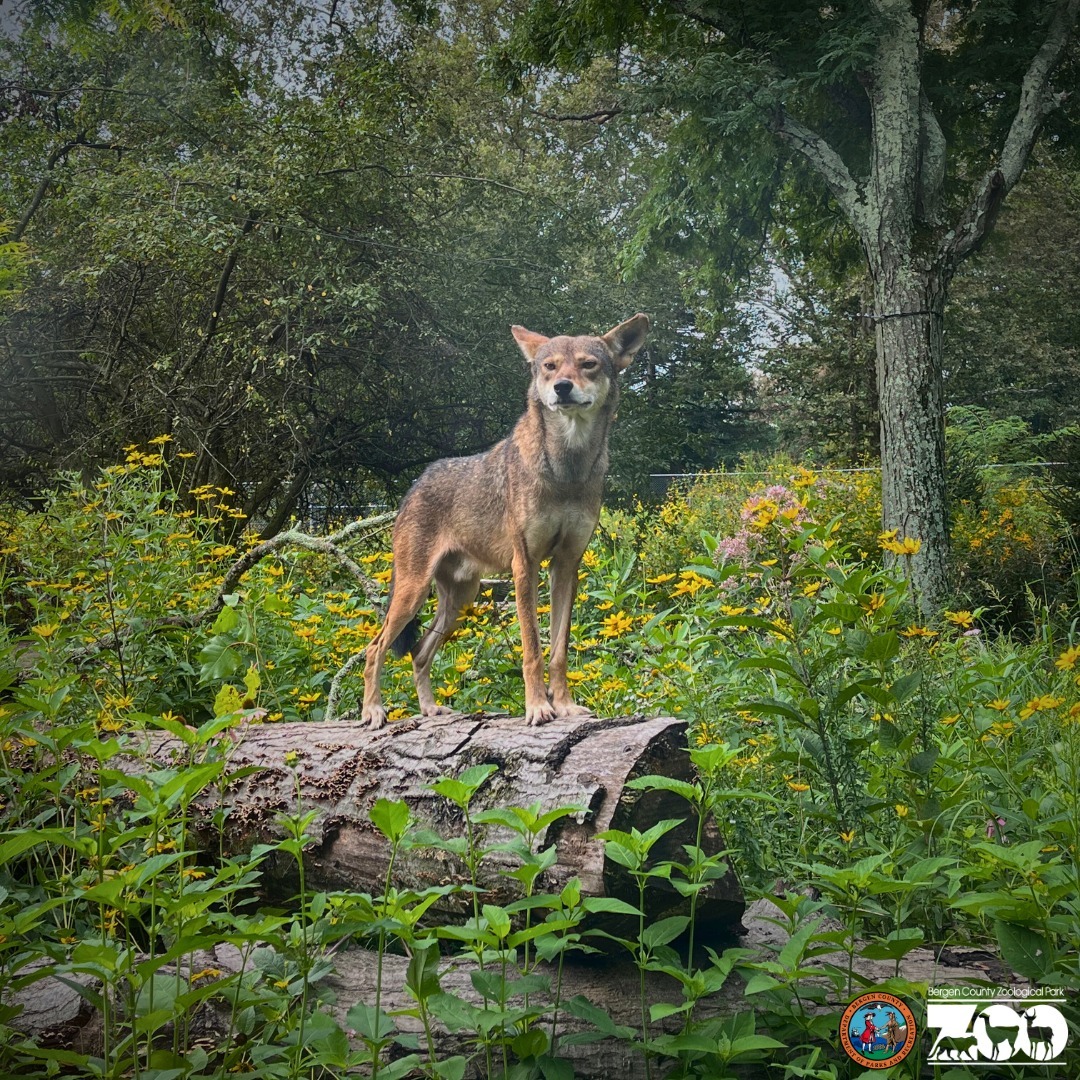Summary:
– The Red Wolf was once a dominant predator in the southeastern United States but became functionally extinct by 1980.
– Recovery efforts have focused on captive breeding through the Red Wolf Species Survival Plan (SSP) to preserve genetically pure Red Wolves.
– The Red Wolf SSP program currently manages around 63 individuals and is actively growing, allowing for future reintroduction to the wild.
– The @bergencountyzoo is actively involved in saving the Red Wolf through education, advocacy, and conservation efforts.
The Red Wolf, a once-thriving predator throughout the southeastern United States, holds a captivating story of resilience and dedicated conservation efforts. Imagine a majestic creature roaming the vast landscapes with its reddish-brown fur and piercing golden eyes. Well, that’s exactly what the Red Wolf was until it faced the brink of extinction by 1980. However, hope has been rekindled through captive breeding programs, like the Red Wolf Species Survival Plan (SSP), which has successfully preserved genetically pure individuals. In this article, we’ll delve into the unique and fascinating aspects of the Red Wolf’s history, the efforts made to save it, and our crucial role in its recovery.
Stepping back in time, the Red Wolf once stood as a top predator in its southeastern domain. Gently creeping through the forests, it controlled the ecosystem’s delicate balance. However, the Red Wolf’s population dwindled rapidly due to habitat loss, human persecution, and hybridization with coyotes. By the time 1980 rolled around, the Red Wolf was classified as functionally extinct, meaning its numbers were so critically low that it could no longer fulfill its essential role in the ecosystem.
Recognizing the situation’s urgency, recovery efforts shifted towards captive breeding and genetic preservation. The Red Wolf SSP program emerged as a beacon of hope for this extraordinary species. The SSP population is home to approximately 63 individuals, which continues to grow steadily. This means that the Red Wolf may one day reclaim its rightful place in the wild, restoring balance and diversity to its native habitat.
So, how does the Red Wolf SSP program work? It revolves around meticulously managing a healthy and genetically diverse captive population. This involves carefully pairing individuals based on their genetic compatibility and monitoring their breeding to preserve pure Red Wolf bloodlines. By doing so, the program safeguards this iconic species from the threat of hybridization with coyotes, which would dilute its unique genetic traits.
But why is it essential to save the Red Wolf? First and foremost, the Red Wolf plays a critical role in maintaining the intricate web of life in its ecosystem. As a top predator, it helps control the populations of prey species, preventing overgrazing and promoting ecosystem health. Additionally, the Red Wolf’s presence has a cascading effect on other animal and plant species that rely on a balanced natural community. By protecting the Red Wolf, we are safeguarding an entire ecosystem.
Here at the @bergencountyzoo, we proudly contribute to the efforts to save the Red Wolf from extinction. Through education, advocacy, and active conservation efforts, we strive to raise awareness about the importance of these magnificent creatures. By connecting people with nature and instilling a sense of wonder and appreciation for wildlife, we hope to inspire a collective effort towards their protection and restoration.
You might be wondering, what can I do to make a difference? Education is a powerful tool, and spreading knowledge about the Red Wolf’s plight is a great starting point. Sharing what you’ve learned today with family, friends, and even on your social media platforms can help raise awareness and inspire others to take action. Additionally, supporting organizations like the @bergencountyzoo and other conservation initiatives through donations or volunteer work can go a long way in ensuring the Red Wolf’s future survival.
The journey to save the Red Wolf is not an easy one. Still, with dedicated efforts from individuals and organizations alike, we believe in a future where these remarkable creatures once again roam freely across their native territories. Together, let’s celebrate the uniqueness and beauty of the Red Wolf and work towards a harmonious coexistence between humans and wildlife. Because when we protect the Red Wolf, we protect our shared heritage and the incredible biodiversity that makes our world so vibrant and awe-inspiring.
*****
Source Description
The Red Wolf was once well-established as a top predator throughout the southeastern United States. By 1980, the Red Wolf was functionally extinct. This means that even though some are still left in the wild, there are not enough wolves to fulfill their function within the ecosystem. As a result, recovery efforts shifted to focus on captive breeding for future reintroduction to the wild. Captive breeding under the Red Wolf Species Survival Plan (SSP) has since preserved genetically pure Red Wolves.
The Red Wolf SSP program oversees maintaining a healthy and genetically diverse stock under human care. There are approximately 63 individuals in the SSP population, and the program is actively growing, making reintroduction efforts possible.
The @bergencountyzoo is proud to be part of a network of organizations fighting to save the Red Wolf through education, advocacy, and active conservation efforts. Although the vulnerability of this iconic canid is extreme, we believe there is hope for the Red Wolf through reintroduction to wild spaces and educating the public about why wolves are important and deserve their place in the world.

